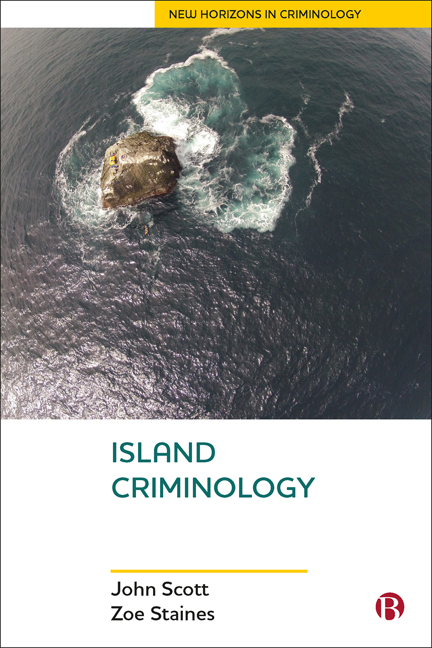1 - Introduction
Published online by Cambridge University Press: 17 January 2024
Summary
On 2 October 1629, seven men were hanged in the Houtman Abrolhos, a chain of 122 tiny islands and associated coral reefs, situated in the Indian Ocean, 60 km west of what is today the town of Geraldton in Western Australia. The executed were among the first inhabitants of the barren and wind swept island chain. They were also the first people to be executed under European law in what would be known as New Holland, and then Australia, for mutiny and the horrific execution- style murders of approximately 125 babies, children, women, and men on the islands where they had been marooned for almost four months following the wreck of the Dutch East Company ship Batavia. Historians have likened Beacon Island (labelled by the Dutch ‘Batavia's Graveyard’), the main site of the atrocities, to a modern-day concentration camp where the mutineers had experimented with various methods of killing (Sturma, 2002). Following these executions, which had been preceded by torture and the amputation of limbs, two other European mutineers, convicted of lesser crimes, were marooned on the Australian mainland. These men were never seen again, being the first of many Europeans to seemingly vanish in the vast depths of the island continent. They were also the first known European inhabitants of Australia.
The story of the Batavia had been something of a sensation in its day, only to be subsequently forgotten. With the unearthing of human remains from shallow graves by archaeological digs on the islands during the 1960s, interest was revived. Historians examined the Dutch archives to find a rich body of materials dating from the period, including diaries, ecclesiastical pamphlets, and polemics, which can be variously likened to pre-modern criminologies or 17th-century true crime tales. Like other famous wrecks of the period, Batavia proved a versatile source for writings, from the sober to sensational. As with other dystopian narratives, much of the writing then, as with more recent analyses, asks how such social disintegration and crimes could be possible, with answers often reflecting on the character and psychology of the mutineers’ leader. To date, the mutiny has been the subject of academic conjecture, several popular histories, documentaries, plays, poems, and even a three-act opera (Titlestad, 2013). Remains of the ship and victims of the massacre are housed at the Shipwreck Galleries in Fremantle, forming its main attraction.
- Type
- Chapter
- Information
- Island Criminology , pp. 1 - 18Publisher: Bristol University PressPrint publication year: 2023

